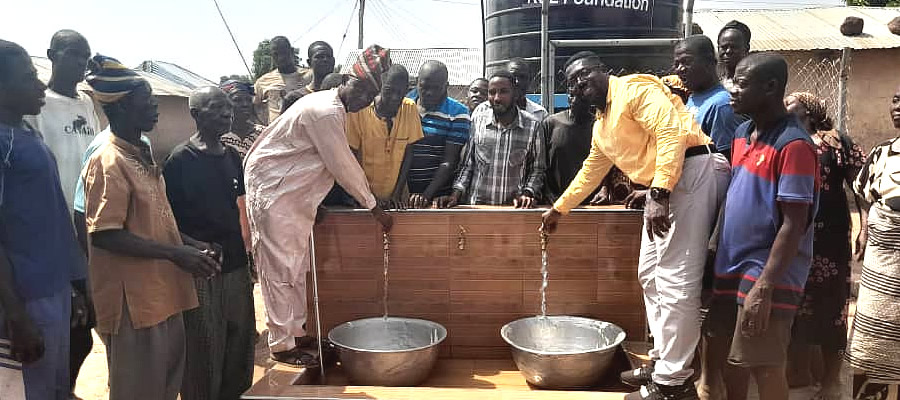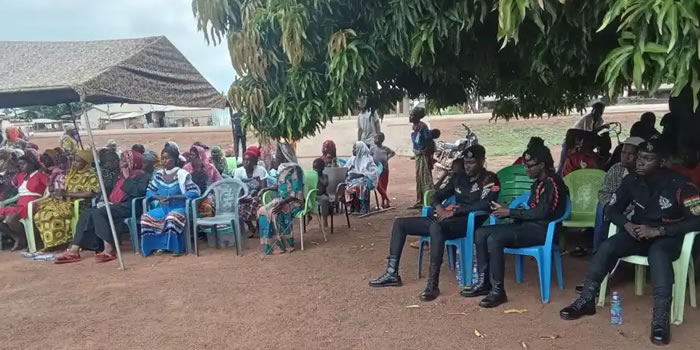

Population
Per the 2021 population and housing census, the district has a total population size of 39,404. The total number of male is 19,917 whiles female is 19,487. The population of the district is rural constituting 100 percent of the total population of the district. The land area of the district is approximately 3,174sq/km and this gives a population density of 12.4 persons per square kilometer. The total number of households are 7,645 constituting 5.2 average household size.
Natural and Man-Made Disasters
Disasters can be defined as a sudden, accidental event of great magnitude that causes considerable damage to life and property. There are sudden, drastic and normally occur without any alarm or warnings.
Disasters can take many different forms, and the duration can range from an hourly disruption to days or weeks of ongoing destruction Types; Floods windstorm, emergency of diseases, extreme heat, wildfire. Disasters can also be caused by humans. Hazardous materials emergencies include chemical spills and groundwater contaminations.
Gender Equality
Women in North East Gonja District continue to face persistent gender inequality that limits their full participation in the local development and the nation at large. Women are disadvantaged relative to men in terms of access to and control over resources and services, education and training and participation in decision-making. The exclusion of women has adversely affected sustainable development process by hindering the achievement of project objectives.
In North East Gonja, similar, to any other District in the Savannah Region Women are responsible for household services; the care of children, family health, providing food and fuel for cooking and other domestic chores. They also play a role in productive activities of the family; income generating activities, paid domestic labor, farming and food processing. In certain communities, incidences of female-headed households have added to the women’s productive activities of the family and increased their susceptibility to poverty.
Women productive role in the economic sector has been limited to labor markets and the informal sector. There is a wide gap between women’s unrecognized economic participation and their low political and social status. By assessing and understanding the gender roles in communities in the District, women’s share in labor and supply of basic needs had demonstrated a much more crucial role to the maintenance of the household than men’s share. Women’s contribution to their communities has also been significant in responding the mobilization, education and support of communal activities
Women’s involvement in politics and public service remains low, despite favoring conditions and Ghana’s action plan for integrating women in development.
Increasing gender awareness, women’s efficiency in their roles and integrating women into development efforts has been met with resistance. However, creating an enabling environment with opportunities for inclusion, rather than exclusion, is an integral part of the District development focus.
Settlement
The settlement system in the district is characterized by the linear, dispersed and nucleated nature of the settlement pattern. The linear settlement patterns of the district are found along communities in the Volta Lake and the River Dakar.
Date Created : 6/5/2024 12:00:00 AM









 facebook
facebook
 twitter
twitter
 Youtube
Youtube
 +233 593 831 280
+233 593 831 280 0800 430 430
0800 430 430 GPS: GE-231-4383
GPS: GE-231-4383 info@ghanadistricts.com
info@ghanadistricts.com Box GP1044, Accra, Ghana
Box GP1044, Accra, Ghana